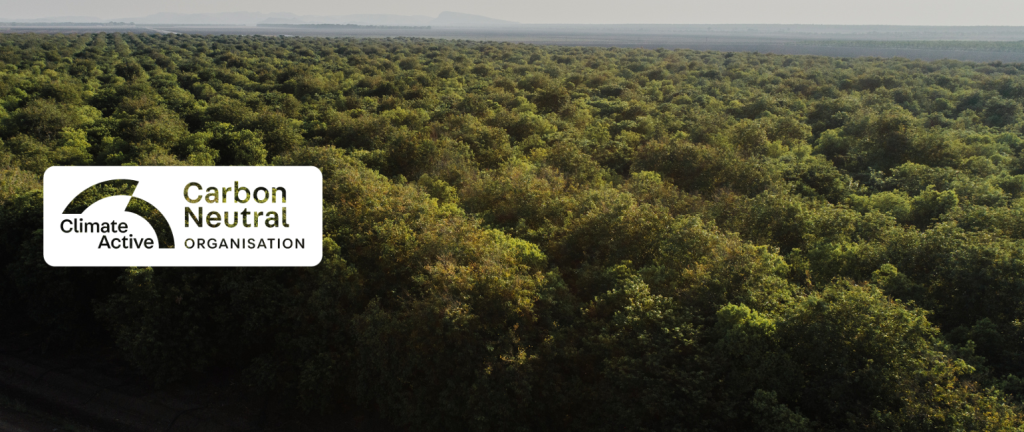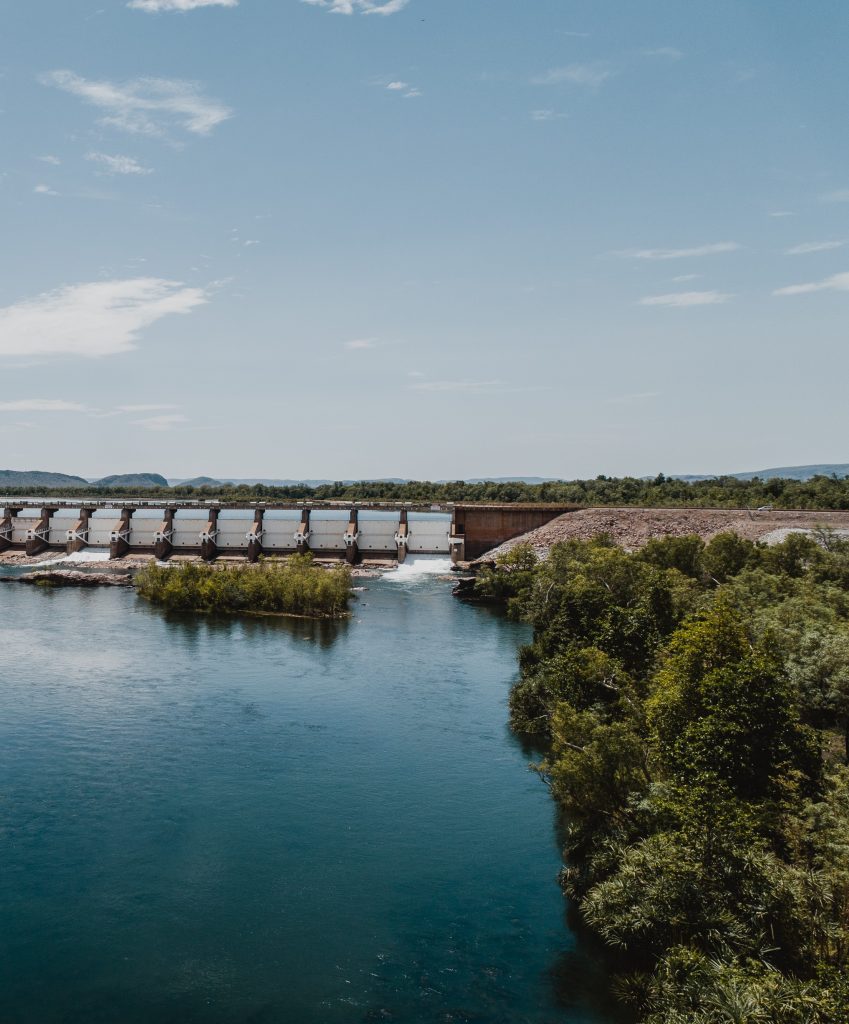COPPERHEAD IS THE FIRST INDIAN SANDALWOOD SUPPLIER IN AUSTRALIA TO BE AWARED A CLIMATE ACTIVE ORGANISATION CERTIFICATION FOR CARBON NEUTRAL BUSINESS OPERATIONS.
A CRUCIAL RESPONSIBILITY IN PRESERVING THE ENDANGERED SANTALUM ALBUM SPECIES.
Our commitment to sustainability is at the heart of our operations at Copperhead. As part of realising our vision to ensure that authentic Indian sandalwood continues to be revered by generations to come, we are proud to announce that we are officially Climate Active Certified for our carbon neutral business operations. *
*This certification does not cover our Indian sandalwood products.

WHAT DOES CLIMATE ACTIVE MEAN?
Climate Active is a unique government backed program that enables businesses to measure, reduce and legitimately offset their carbon emissions. They provide the most rigorous certification available, helping businesses to measure their gauge and reduce emissions where possible and then offset the remains.
Being a certified organisation means that the carbon sources associated with keeping the Copperhead office and facilities up and running – electricity, fuel, transport, postage, water, and waste to name a few – are measured and reported so that we can accurately reduce and offset our outputs.
It means we can offer peace of mind that international best-practice standards.
WHAT DOES CARBON NEUTRAL MEAN?
Carbon neutral means taking action to reduce and remove as much carbon from the atmosphere as an organisation puts into it. In moderation, carbon is good. It helps to regulate the planet’s temperature, saving everything from freezing over. But in excess, carbon emissions cause the global temperatures to rise and increases the ocean’s acidity.
It’s our responsibility to the environment and our duty in practicing sustainability to do our part to neutralise the carbon emissions associated with Copperhead’s business operations.

HOW ARE WE REDUCING AND OFFSETTING OUR EMISSIONS?
EVEN THE SMALLEST OF CHANGES CAN MAKE A BIG DIFFERENCE, AND WE’VE GOT BIG AMBITIONS.
By making changes to our day-to-day and operations, and supporting authentic Carbon Offset Projects, our goal is to reduce our carbon emissions by 10% based on revenue by 2028.
We have reduced the carbon emissions from our business operations as much as possible and invested in Australian Carbon offset projects to eliminate the rest.

OUR CARBON OFFSET PROJECTS.
NOT ALL CARBON OFFSET PROJECTS ARE MADE EQUAL.
Carbon offsetting is a way for organisations to cancel out carbon emissions they are not able to eliminate, by investing in projects that reduce or remove emissions. Our carbon offset projects are audited to ascertain their legitimacy and validity.
We’re proud to be supporting two such projects – the Moolakar Human-Induced Regeneration Project and the Merepah Fire Project.
Whilst these projects primarily function to prevent and eliminate carbon emissions, their benefits are multifaceted, supporting biodiversity, habitat protection, and employment in local communities.
MOOLAKAR HUMAN-INDUCED REGENERATION PROJECT
Moolakar Station is located Northwest of Bourke in NSW in the Mulga Lands bioregion. The project regenerates natural woodlands and shrublands. This is achieved by controlled grazing and feral animal management across the project area along with fencing upgrades. In addition to sequestering carbon, regeneration of native vegetation in the project area reverses land degradation caused by feral goats and livestock and stabilises soils reducing erosion. To date, the project has sequestered 394,455 tonnes of Co2 and the most recent project audit was completed in November last year, reaffirming the project’s validity.
MEREPAH FIRE PROJECT
Owned by the Indigenous Land and Sea Corporation, this project adopts an emissions avoidance method using a fire management system. The northern tropical savannas are among the most fire-prone ecosystems in the world, Traditional Owners must conduct savanna burning to reduce wildfires and manage country. All savanna fires emit greenhouse gases, but research has clearly shown that it’s the late dry season wildfires that emit much greater levels due to their intensity.
The co-benefits of this project are exceptional, with 100% of the proceeds from the sale of credits going towards Indigenous businesses. In addition, the project creates many jobs for local Indigenous workers.
